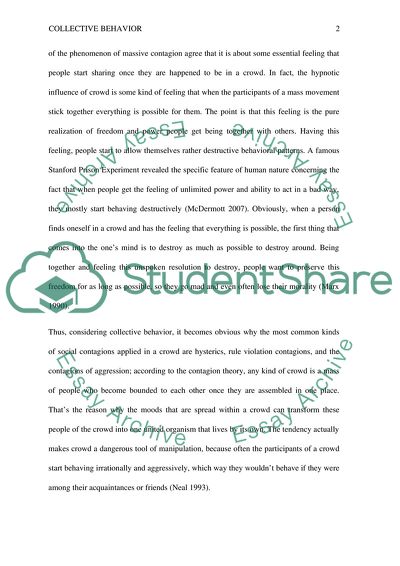Cite this document
(“The Contagion Destructive Collective Behavior Essay”, n.d.)
The Contagion Destructive Collective Behavior Essay. Retrieved from https://studentshare.org/psychology/1675220-please-chose-a-topic-here-related-to-social-psychology
The Contagion Destructive Collective Behavior Essay. Retrieved from https://studentshare.org/psychology/1675220-please-chose-a-topic-here-related-to-social-psychology
(The Contagion Destructive Collective Behavior Essay)
The Contagion Destructive Collective Behavior Essay. https://studentshare.org/psychology/1675220-please-chose-a-topic-here-related-to-social-psychology.
The Contagion Destructive Collective Behavior Essay. https://studentshare.org/psychology/1675220-please-chose-a-topic-here-related-to-social-psychology.
“The Contagion Destructive Collective Behavior Essay”, n.d. https://studentshare.org/psychology/1675220-please-chose-a-topic-here-related-to-social-psychology.


